Please note: These countries were visited on tour, therefore, we spent less than a usual amount of time in each (some as small as 2 days). The information we give below is based on our experiences, organized on behalf of us and is not a reflection of all the country has to offer.
After only 2 days in Zambia, we crossed the border and headed towards one of Africa’s most beautiful countries, Botswana. Guided tours are there to guide you, do the hard work and figure out the logistics so before we left on this trip, we hardly researched a thing about where and what we were visiting. Each country & town we went to was always a surprise and in this case, a good surprise. We loved Botswana from the get-go.
70% of Botswana’s territory is in the Kalahari Desert. The locals were, not surprisingly, extremely welcoming. The villages were small, sometimes heartbreaking, but insightful. The food was delicious and of course, the animals were never a letdown.
Chobe National Park
The wildlife in Botswana is the countries’ main draw and wildlife parks make up nearly 1/5 of the whole country. Our first stop was by Chobe National Park, home to some of the most diverse wildlife in Botswana. 11,000 square km of wilderness, floodplains, forests and swamps bring out all types of animals and bird life.
Located in north-west Botswana, Chobe is a diverse area spanning from the border at the Chobe River, to the now dry Savute Channel and beyond to the borders of the Moremi Game Reserve and Okavango Delta. The park is divided into four different ecosystems: Serondela with its lush plains and dense forests in the Chobe River area, the Savuti Marsh, the Linyanti Swamps and the dry hinterland. All of these make Chobe National Park one of the largest game concentrations in the African continent.
We had done a few game drives in our Tucan truck in South Africa so to gain a different perspective we set out on a sunset river cruise along the Chobe River. Our boat was large enough to fit 100 but with only 13 of us, you can imagine, we had plenty of room. We packed snacks, drinks and a cooler and set out to see what we could find.
Along the river, many animals came down to the waterfront to drink and eat. A short way down the river we pulled right up to a male elephant deep in the reeds and watched him feed on the grass. Occasionally looking up at his surroundings, he wasn’t bothered by our presence.
Further along, we found a herd of hippopotamuses chilling in the water. This was the first time we saw hippos up close, their whiskers and teeth are something else! We were grateful to be in a large boat, our driver told us one of the smaller tin boats had been capsized by a hippo a few months prior. Swimming with hippos? No, thank you! The sun was setting, everyone was relaxed and we headed back to our lodge.
Camping in the Okavango Delta
Stopping in one of Botswana’s most touristic cities, Maun, we prepared for our overnight camping trip to the Okavango Delta.
The Okavango Delta is a huge area of very slow flowing water fed by the Kavango River. The water fans out from the river into a labyrinth of channels, lagoons and palm-covered islands before evaporating over the sands of the Kalahari Desert. All of the water reaching the Delta is ultimately evaporated and transpired, and does not flow into any sea or ocean. Each year approximately 11 cubic km’s of water spread out over the 6,000-15,000 km² area. Quite remarkable!
To reach our campsite we travelled by mokoros, handcrafted boats similar to that of a canoe. Each mokoro sits 2 people and is steered by someone at the back, known as a poler. The polers are locals who live in the nearby communities and earn their living by transporting tourists to and from their campsites. It isn’t an easy job and although we did spend most of the time crashing into the side of the reeds, it was a very pleasant and different type of transport to reach our camp. We sure as hell couldn’t steer one of these things!
Having never been on a safari walk we set out into the delta by foot. Our tour leader gave us a few basic instructions, “If I say run, run” “If I say get up a tree, get up a tree”, “If I say play dead, play dead”. I guess they have to cover all basis but we all hoped none of them would be necessary. Elephants and zebras were the main animals we spotted but walking through the think long grass, admiring the beauty of this world we live in was pretty special in itself.
We spent the night camping on one of the small islands in the middle of the bush with no toilets or showers. One of the polers dug us a toilet within a short distance from the camp but moved it closer during the night. “Before you go in the night, shine the light to see if you see any eyes, if you do, back away slowly”… All through the night, we could hear the hippos eating the grass in what seemed like 2 metres away. There was no chance we were getting out of that tent to use the bathroom, no matter how busting we were!
A view from above
Our favourite part of Botswana was taking a 1-hour flight over the Okavango Delta because while we were camping in the Delta, we really had no concept of how large it really was nor had we ever had the opportunity to view the wildlife from above. With 6 of us on the small plane, the cost was only $85 USD per person for 1 hour and $65 USD per person for 45 minutes.
During our flight, we saw herds of buffaloes, elephants, rhinos and giraffe. It was only after our flight did we understand the real beauty of the Okavango Delta and what it really looks like. It was extremely impressive to see such a vast range of land from above.
We barely scratched the surface of Botswana and this was definitely a country we would have loved to explore more thoroughly. If you make it here, allow at least a couple of days to gain a full perspective of the Okavango Delta and don’t miss out on that flight! It’s worth it.
The roads started to change, the scenery was becoming drier and now dust and sand filled our noses… I believe now, we’ve entered Namibia.
Married days survived; 453

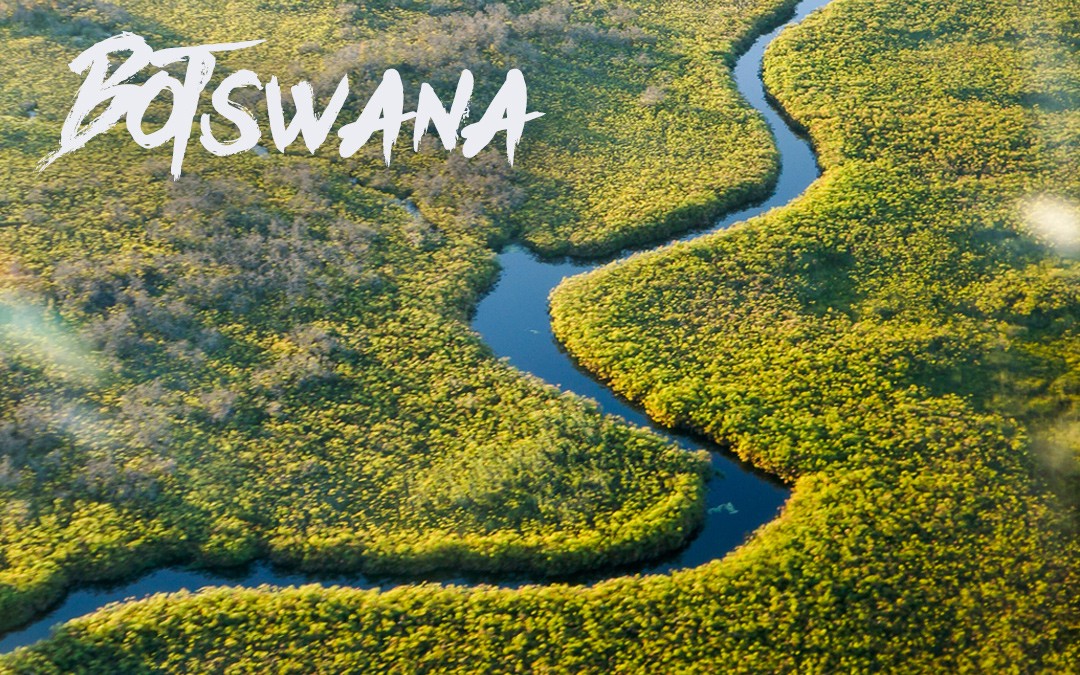
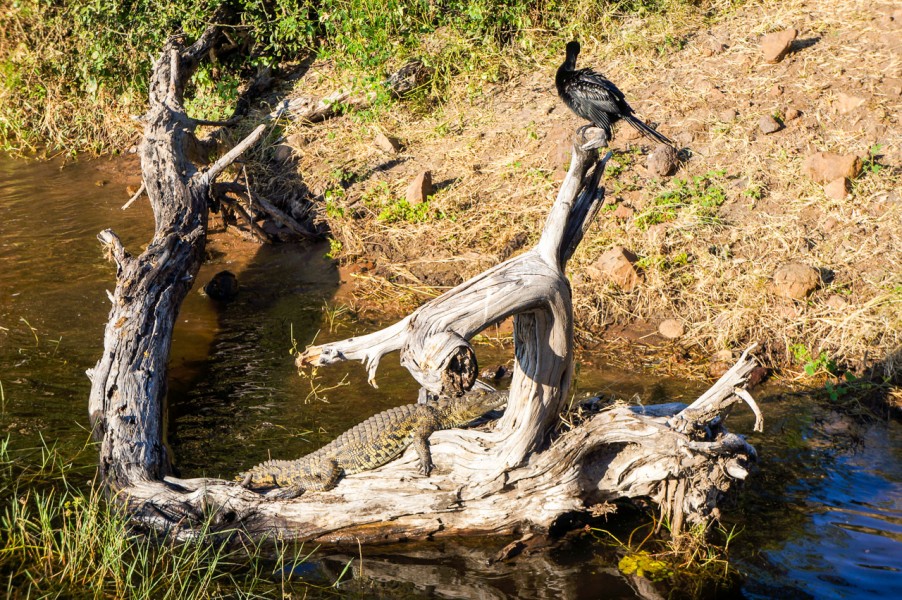
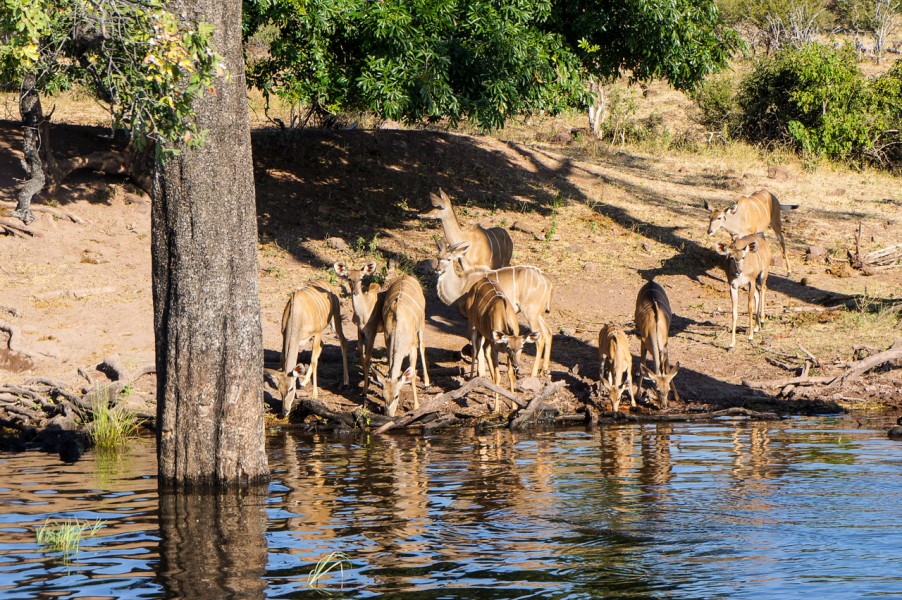
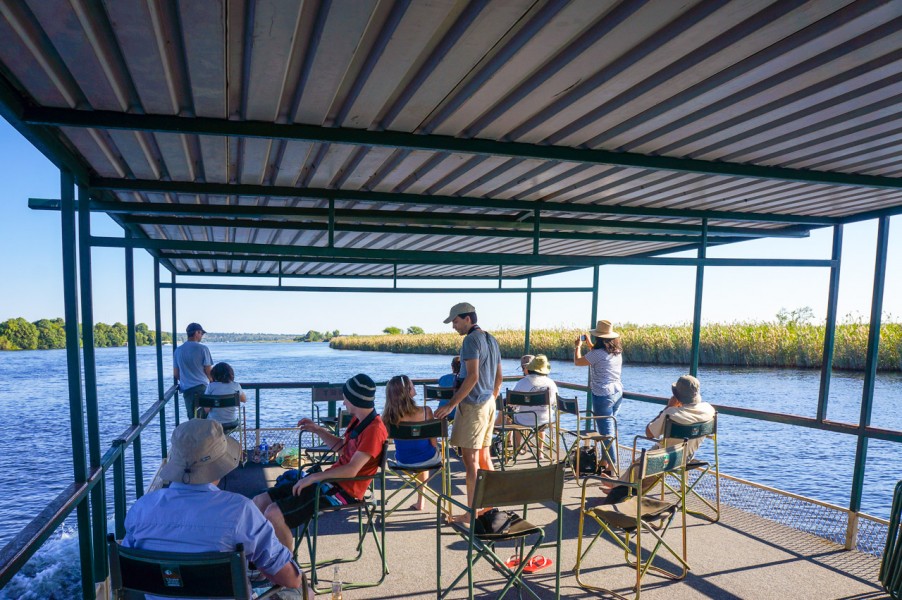
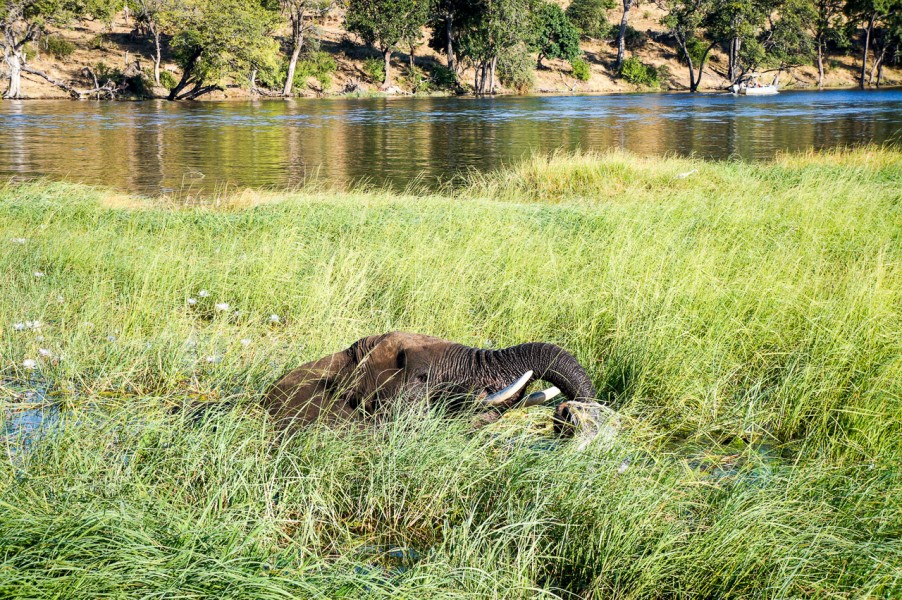
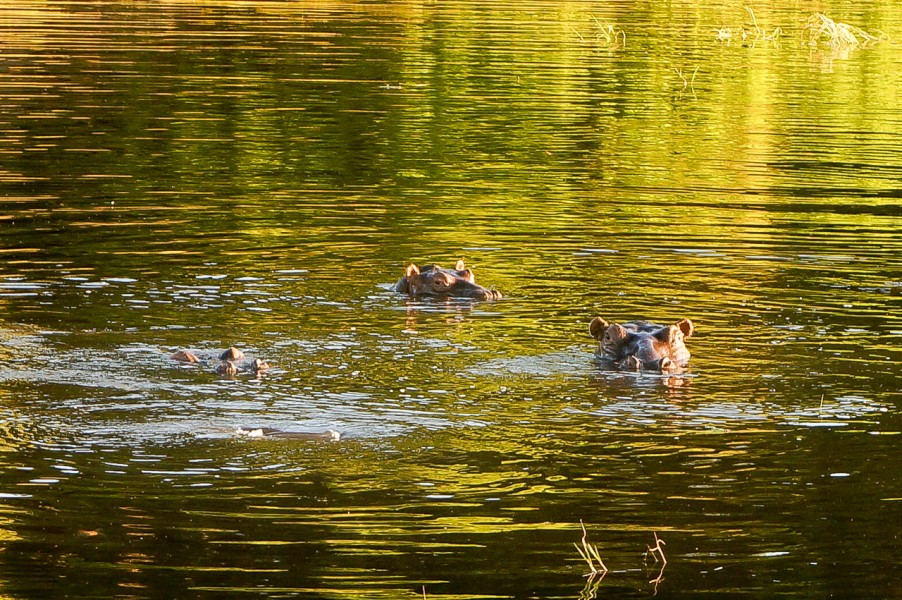
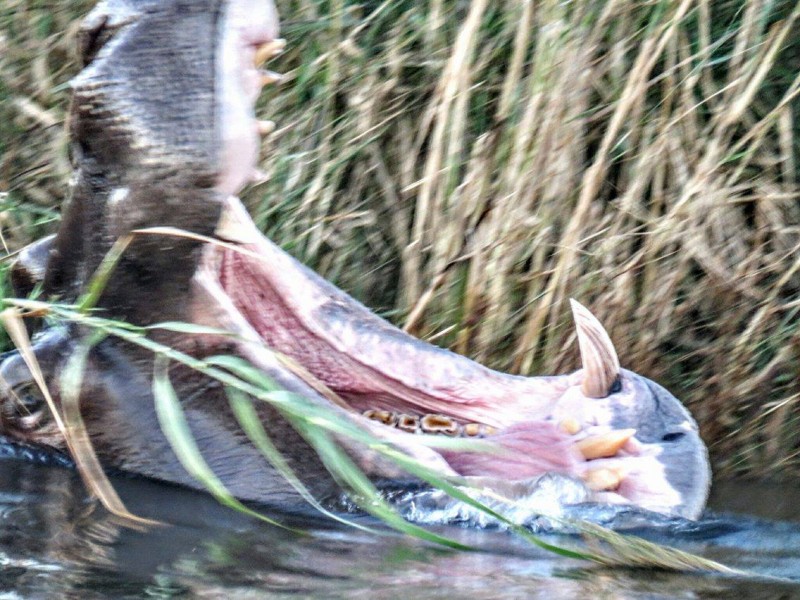
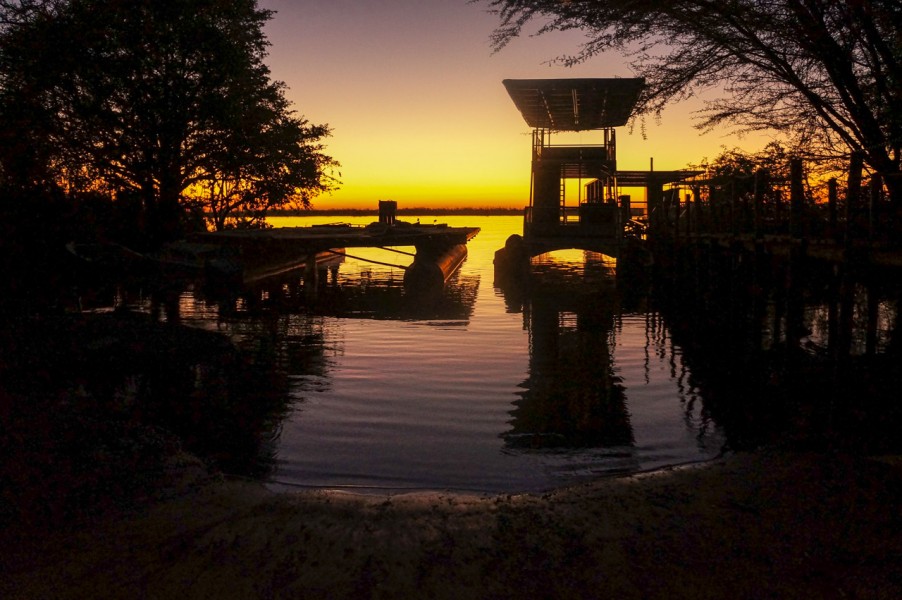
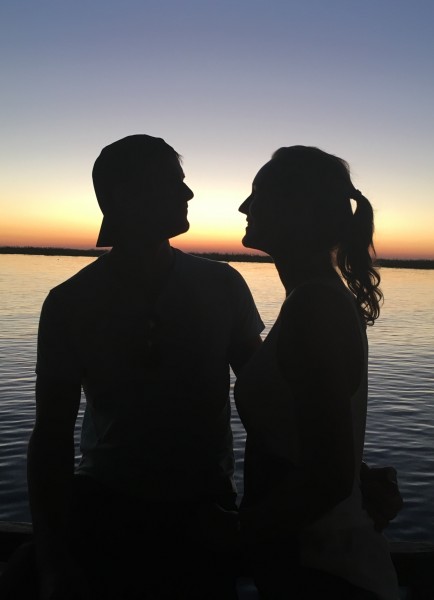
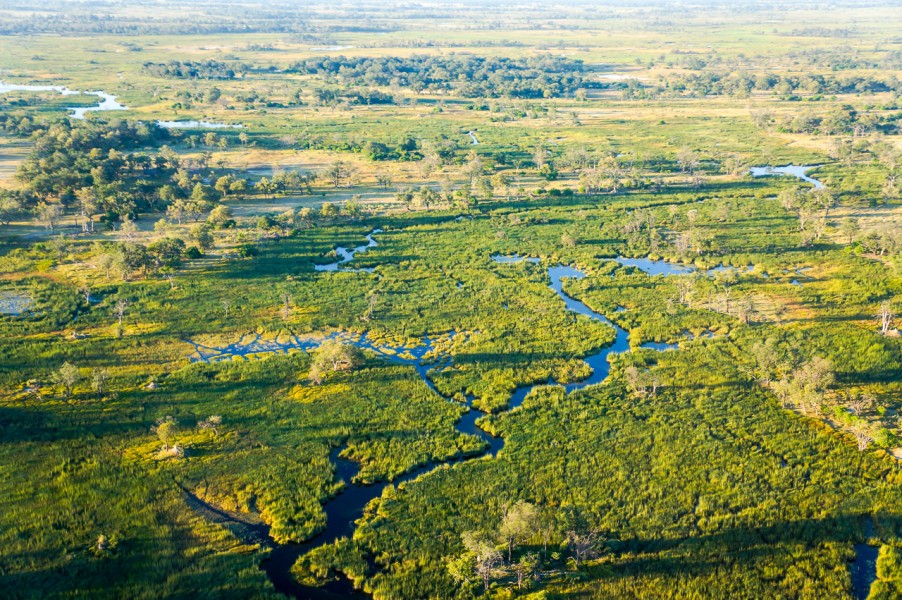
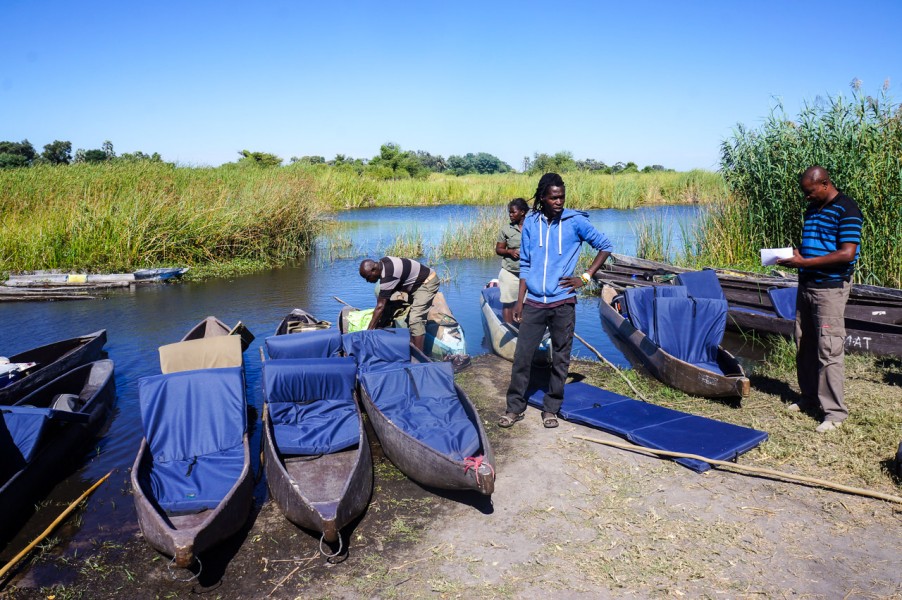
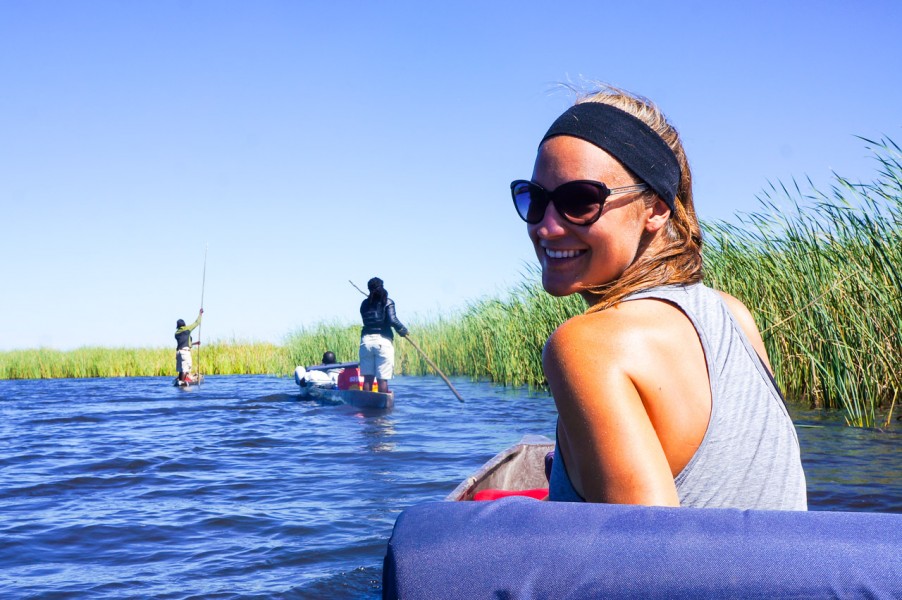
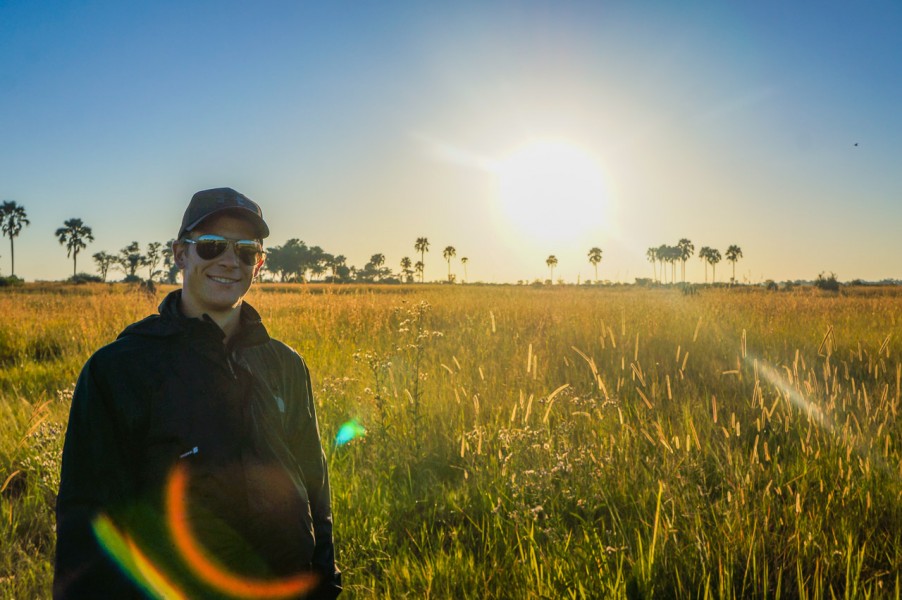
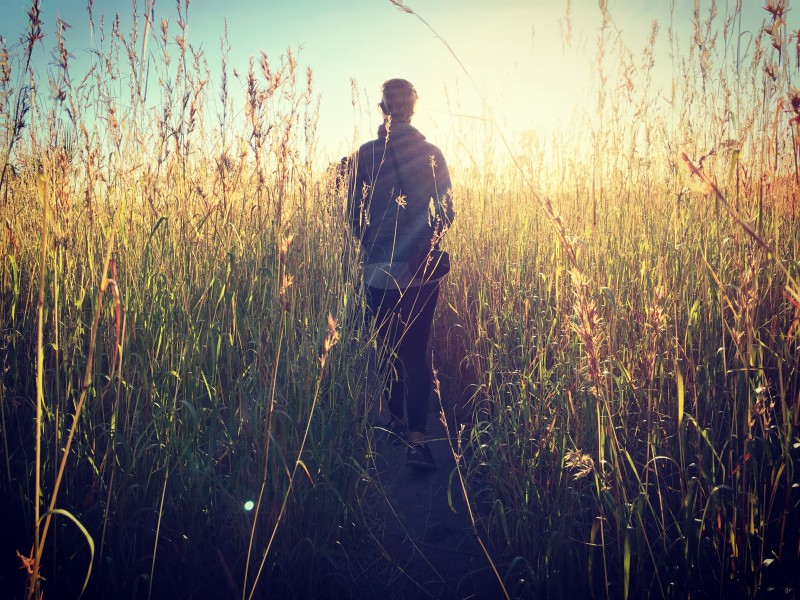
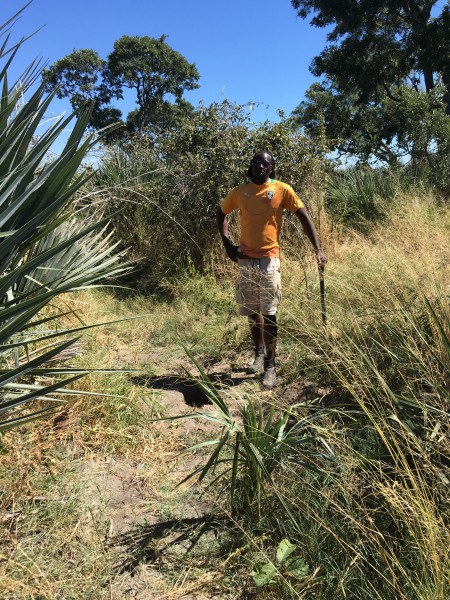

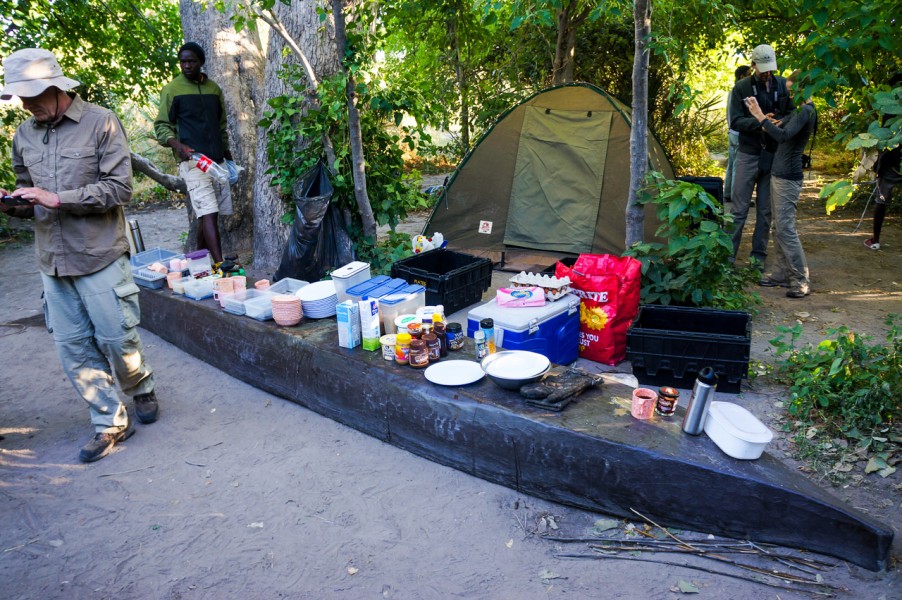

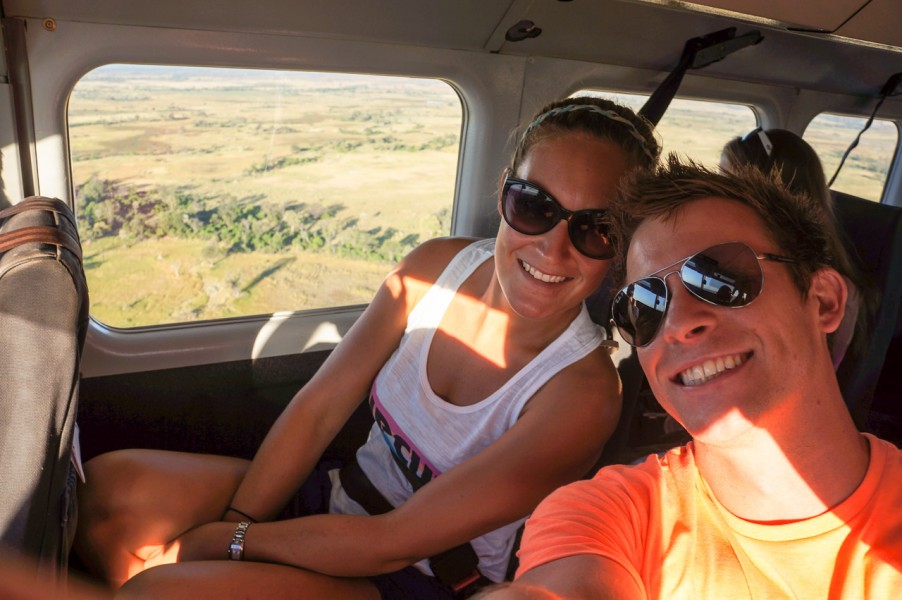
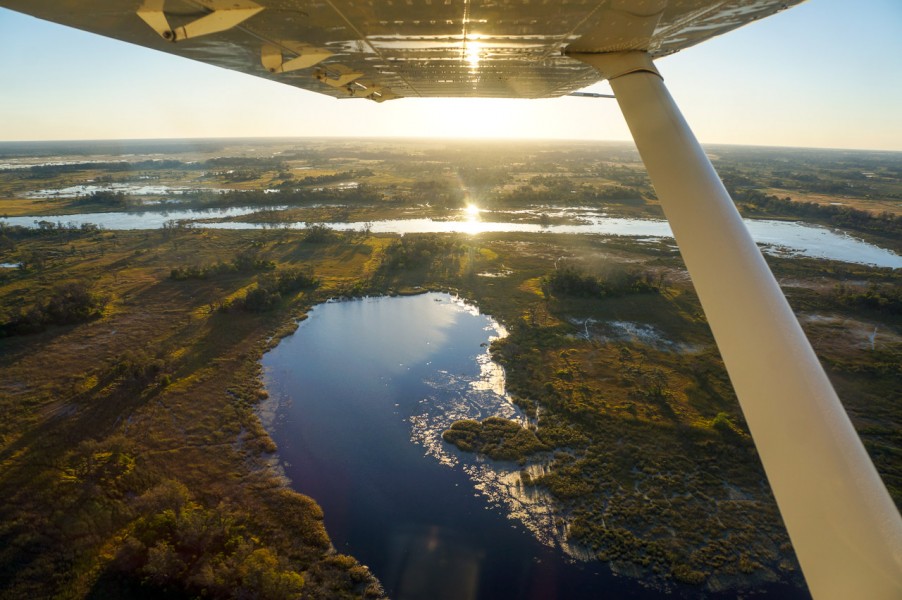
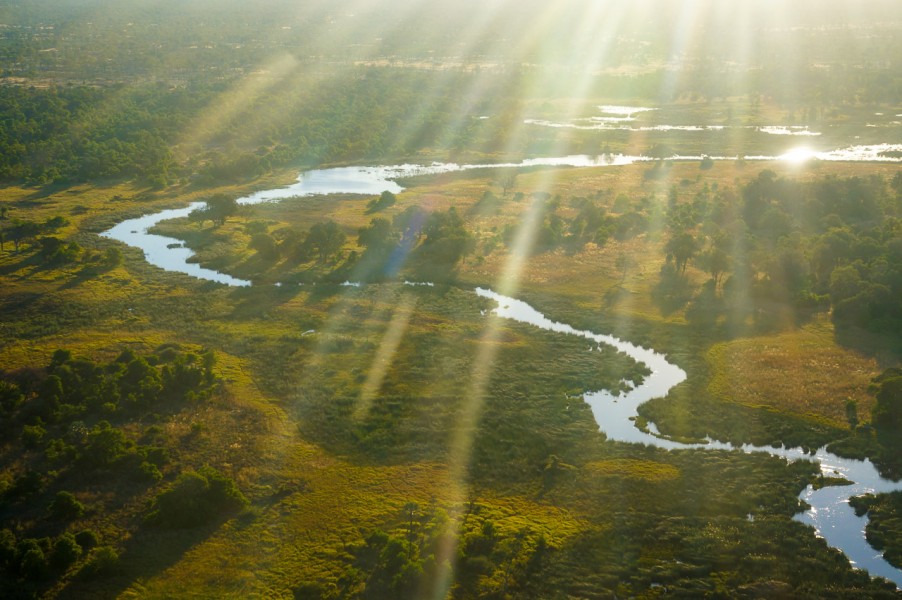

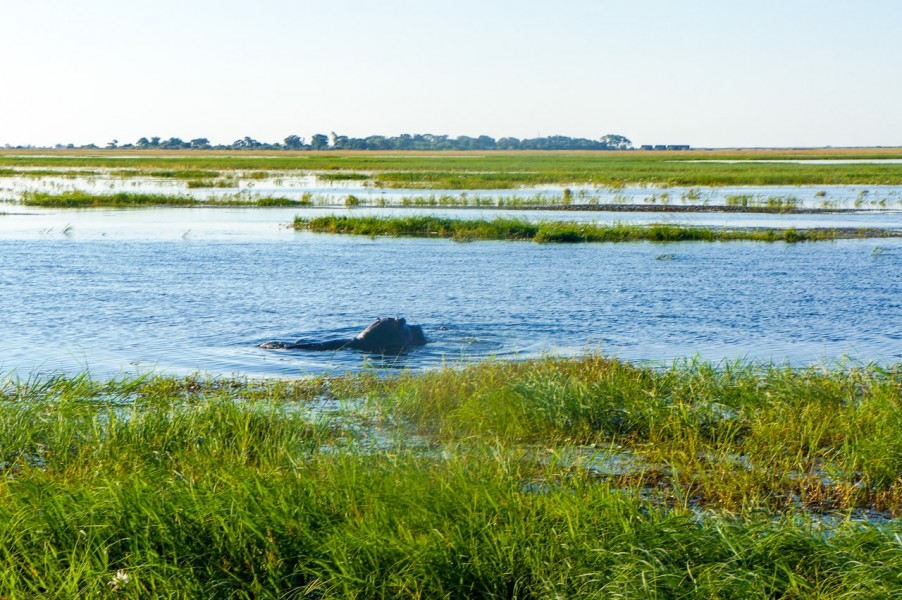
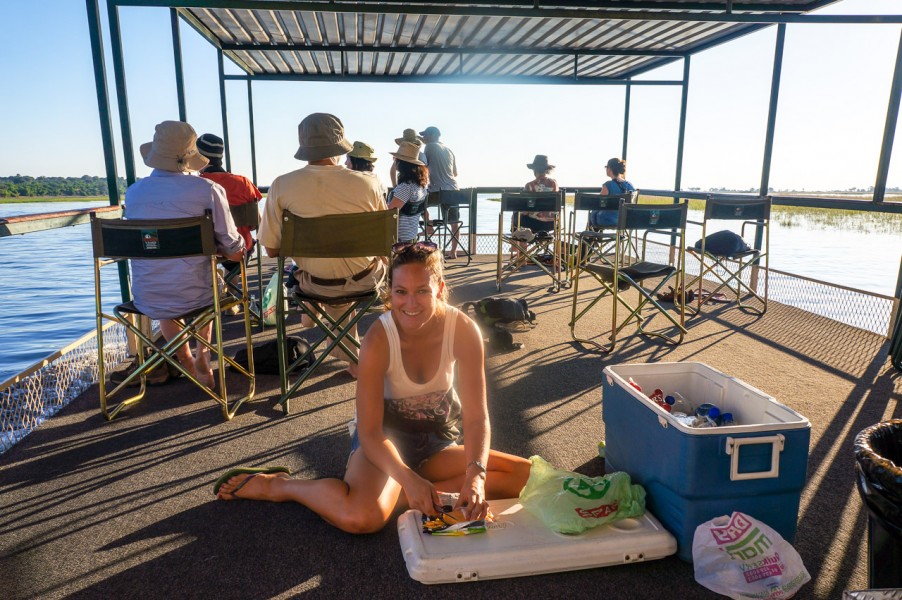
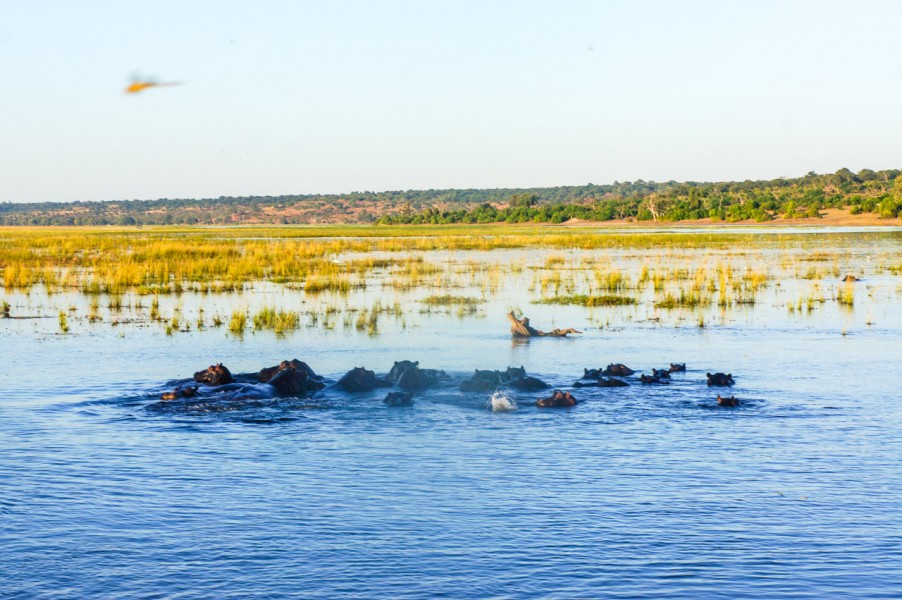
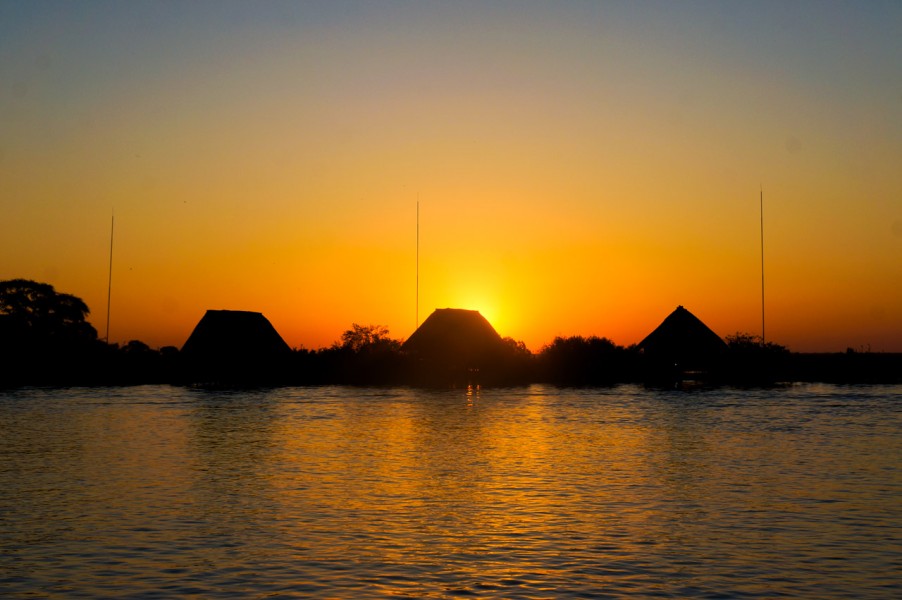
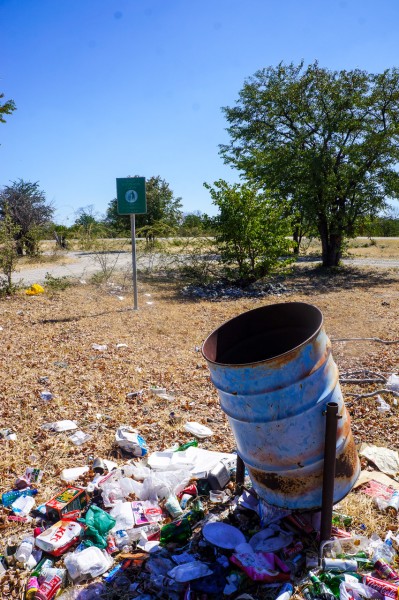
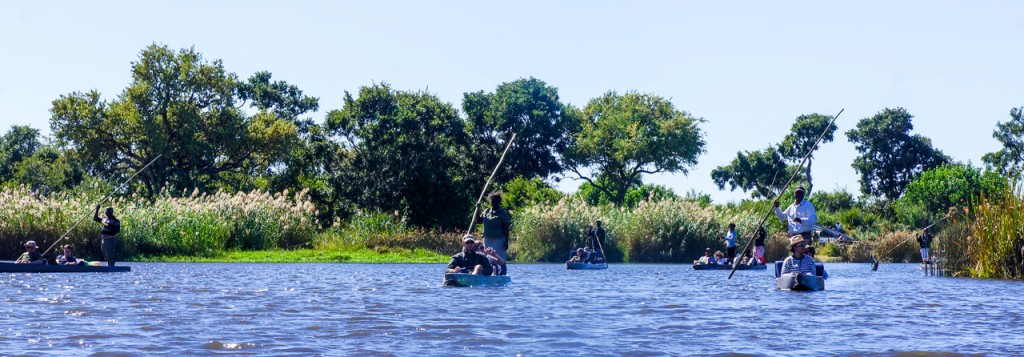
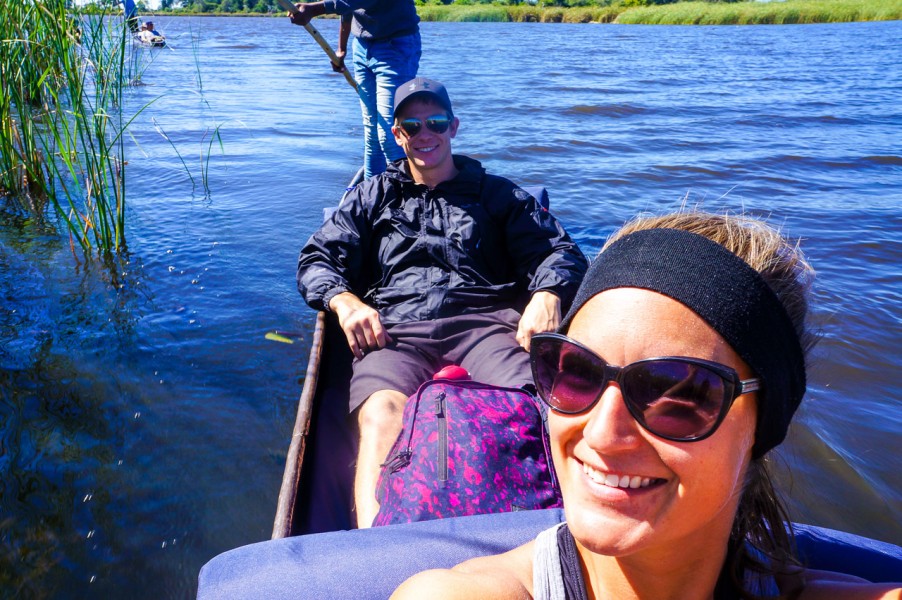
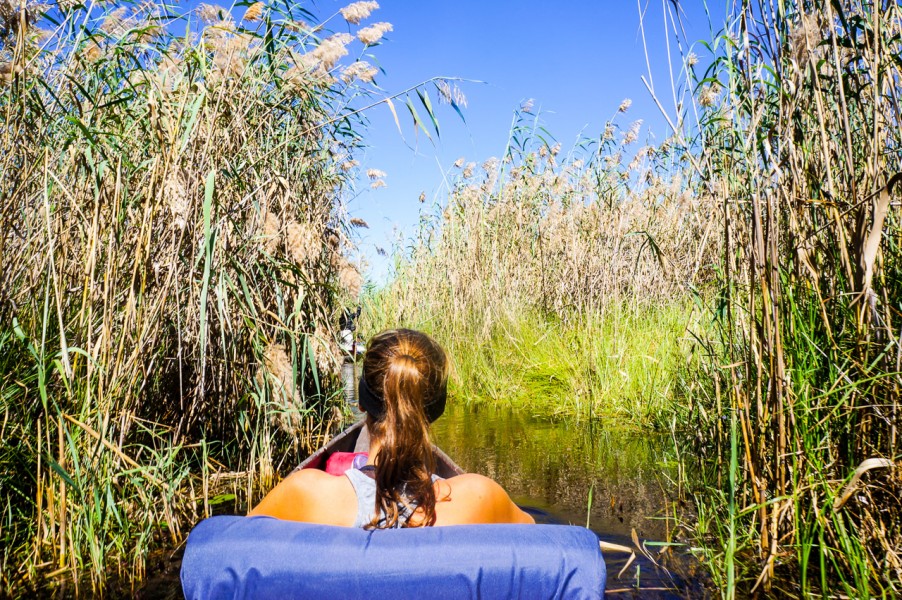
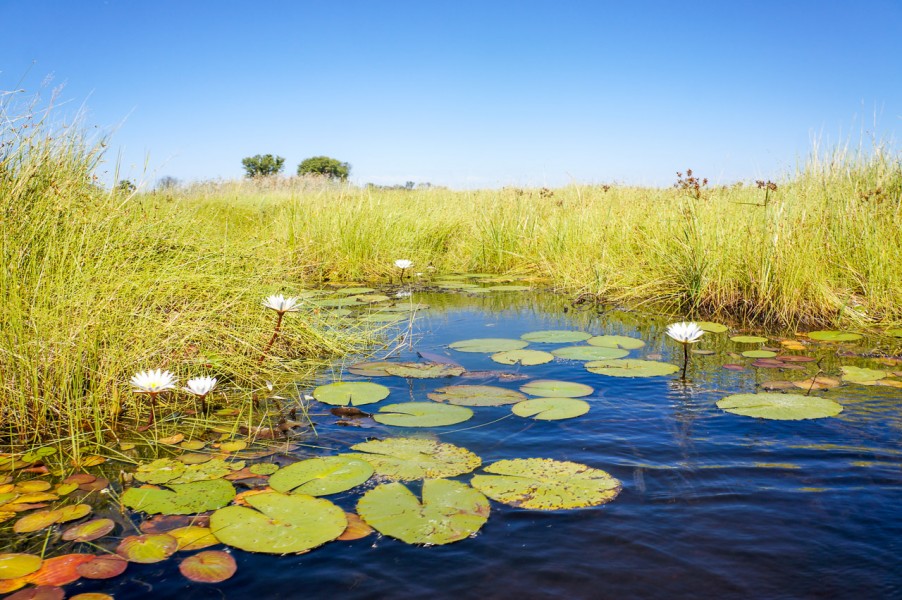
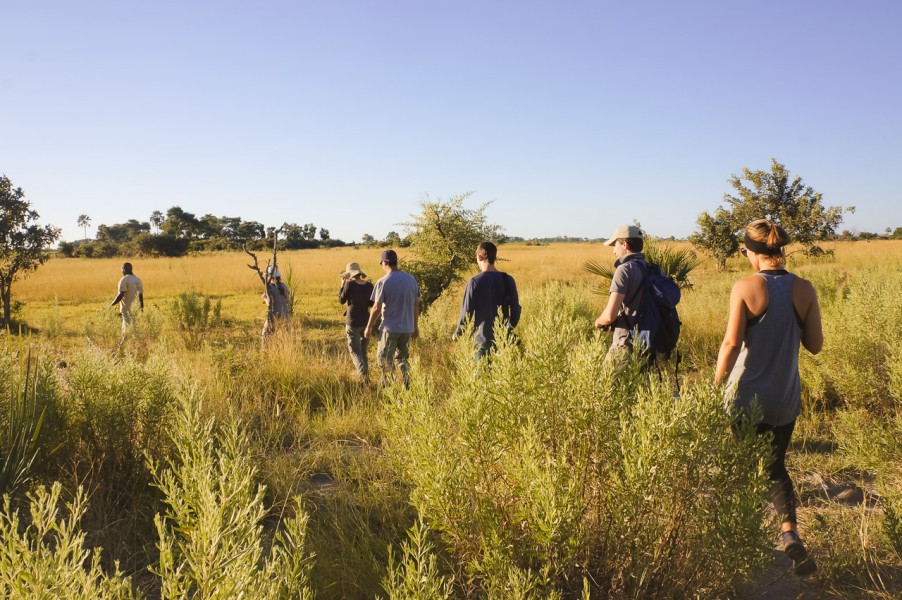
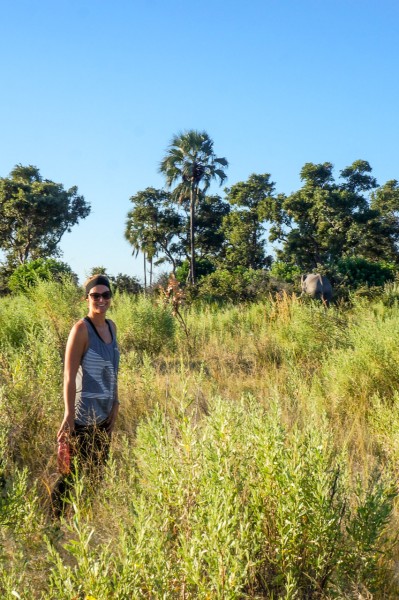
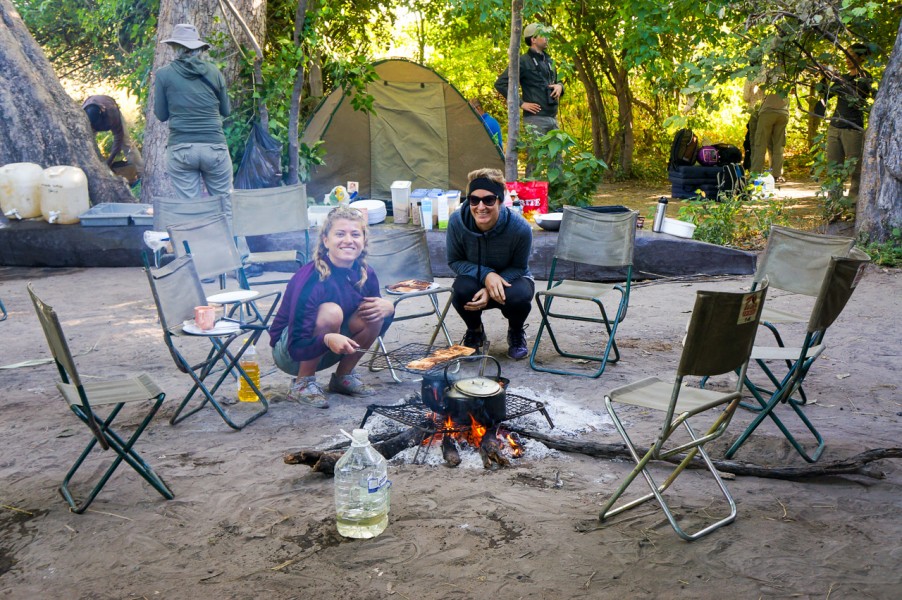
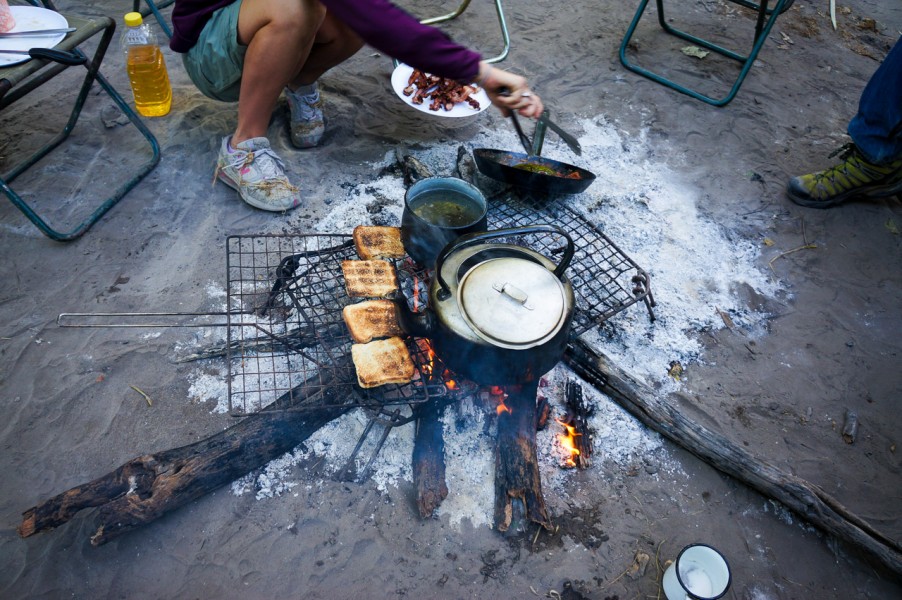

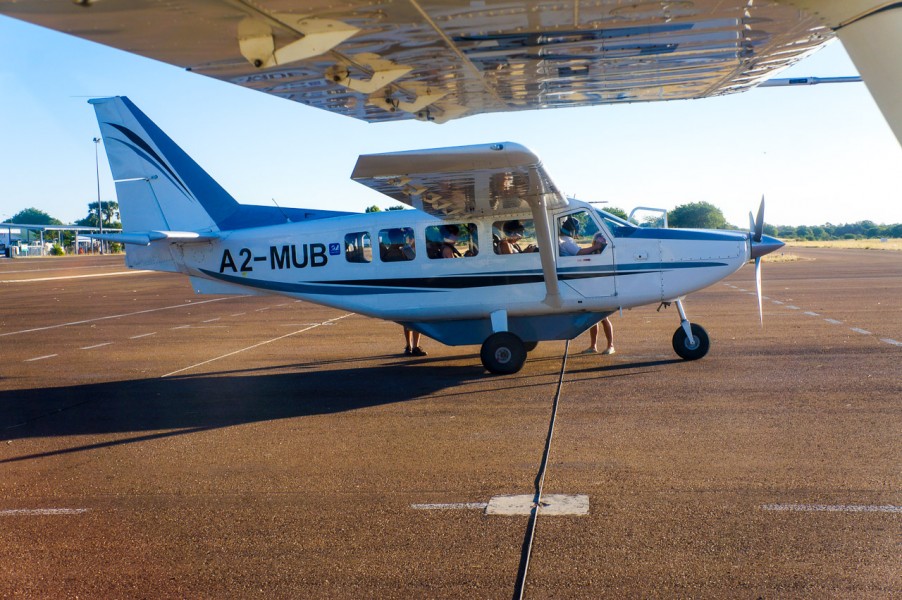
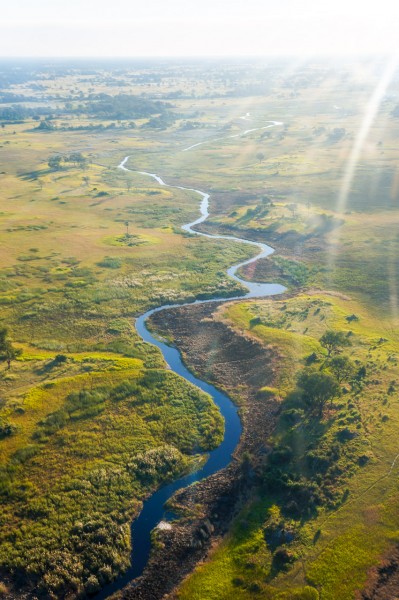
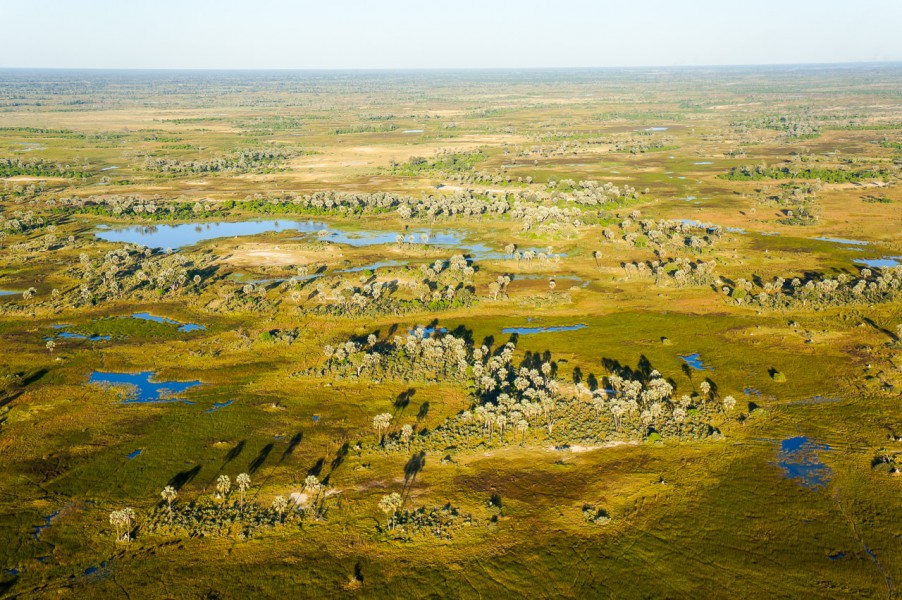
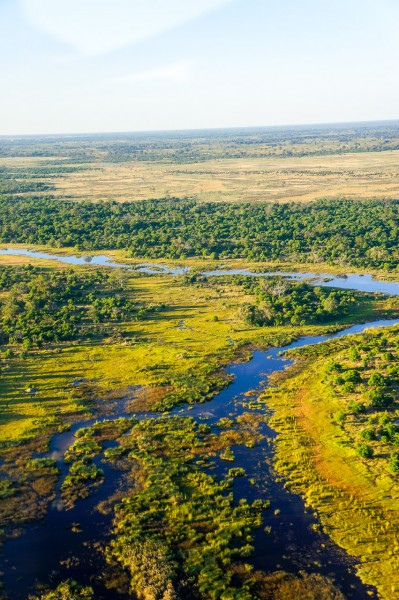
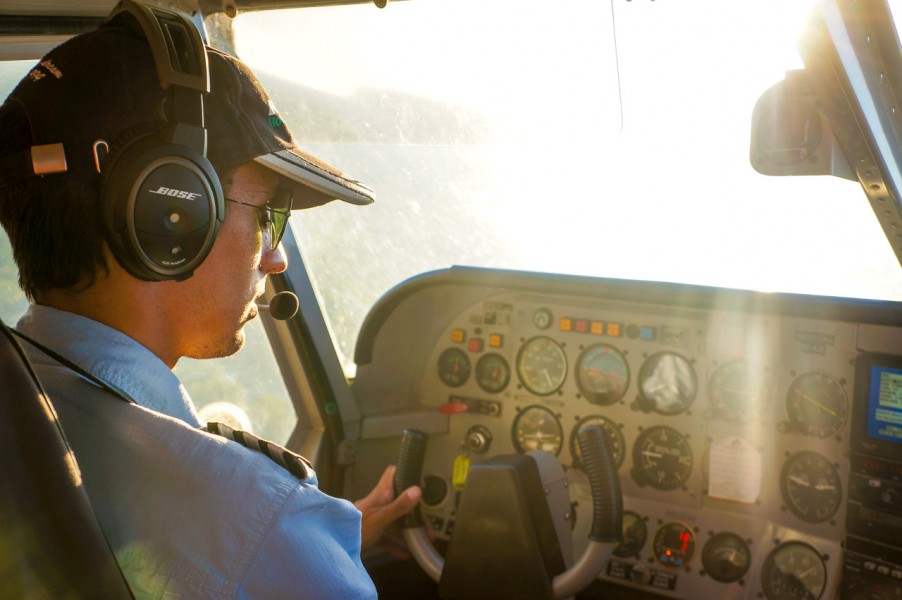
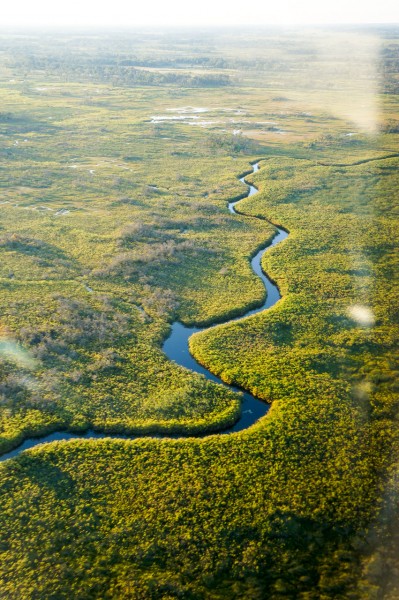
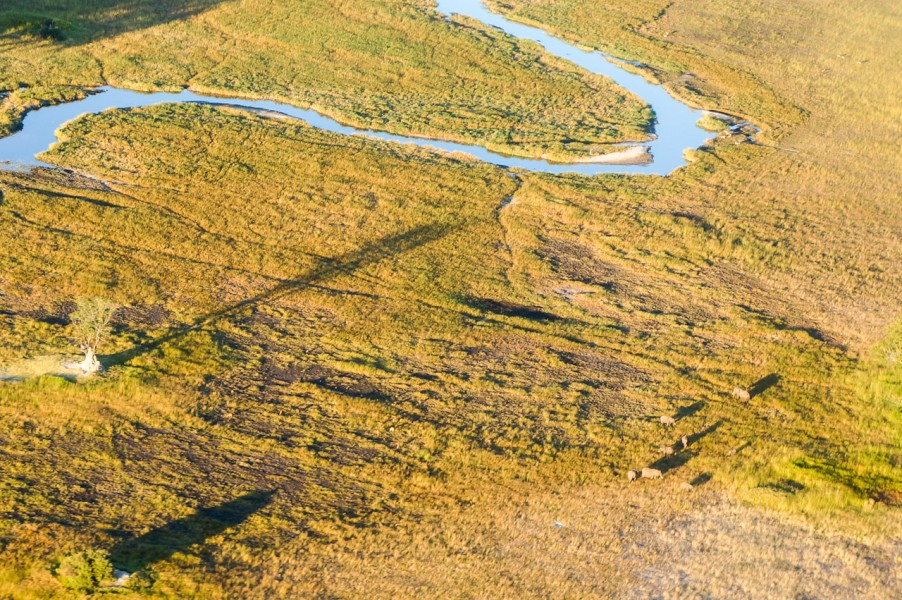
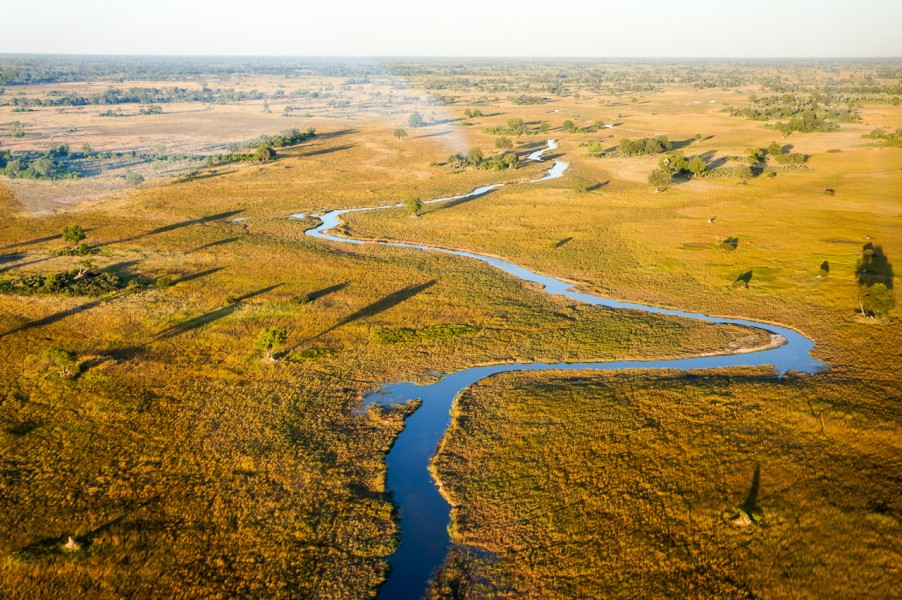
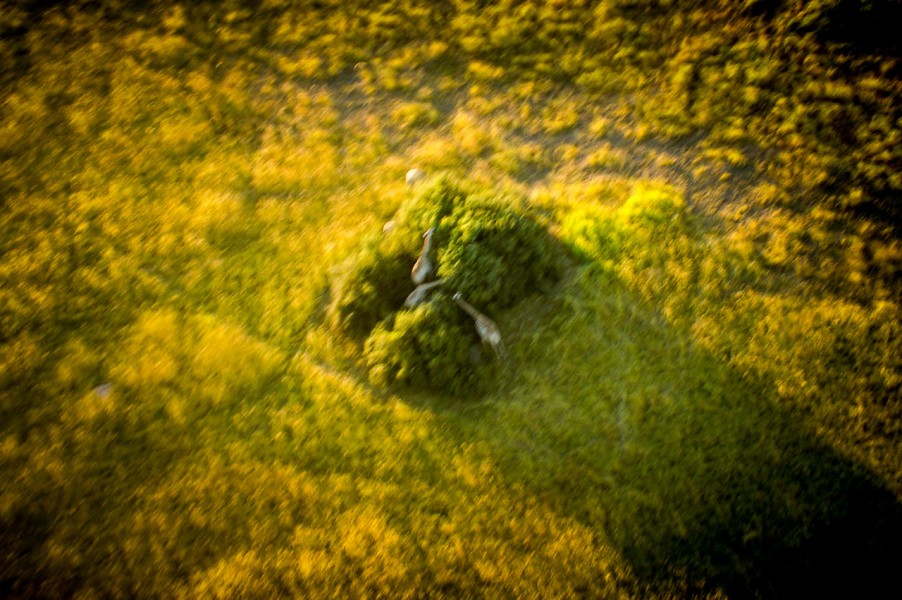
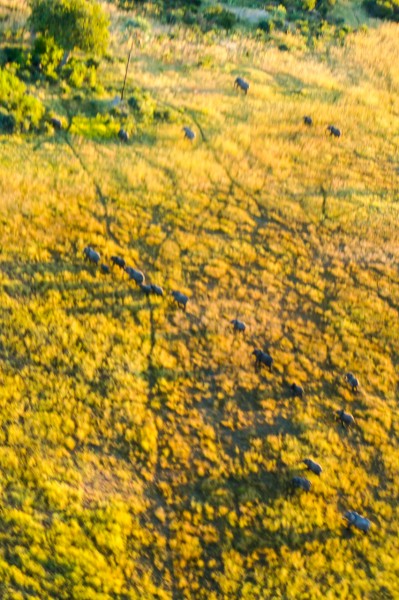
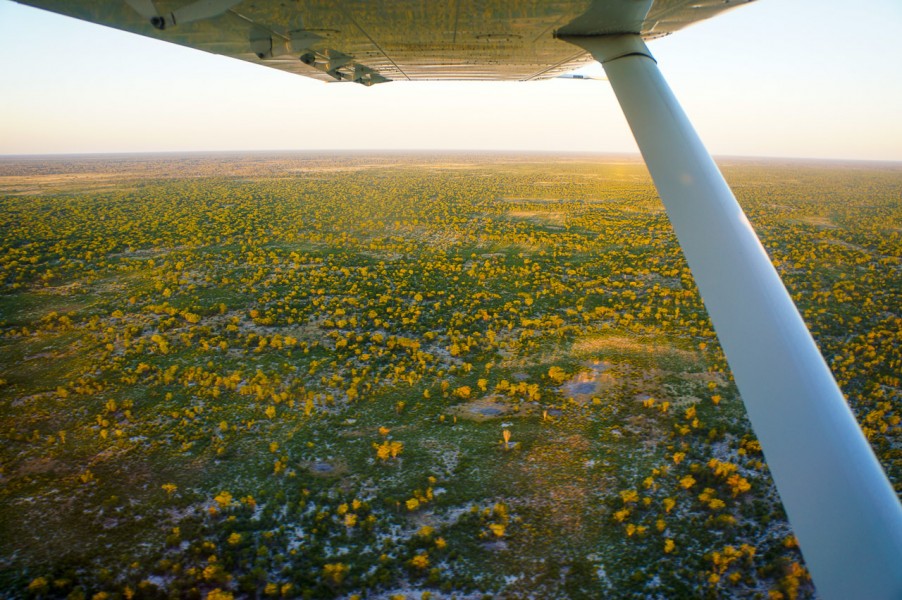
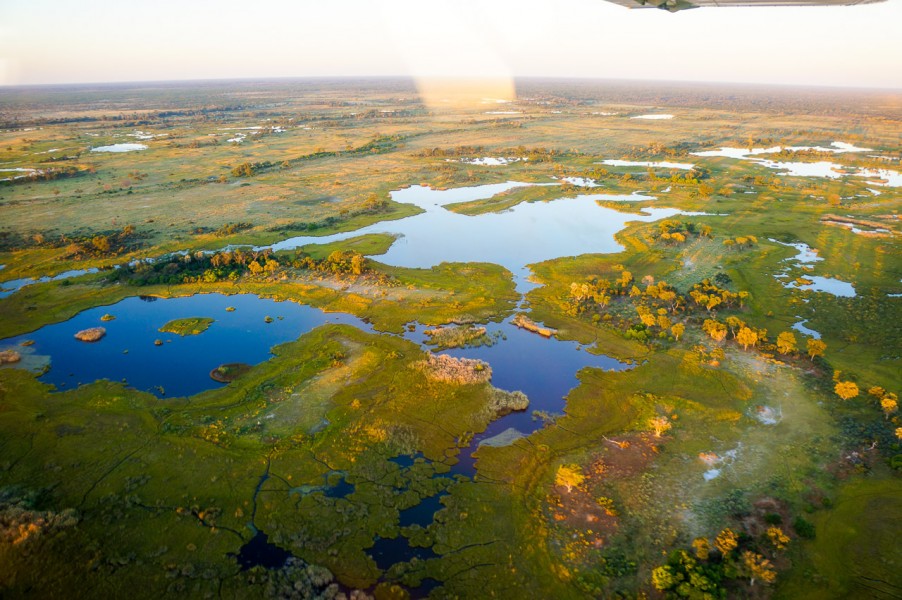
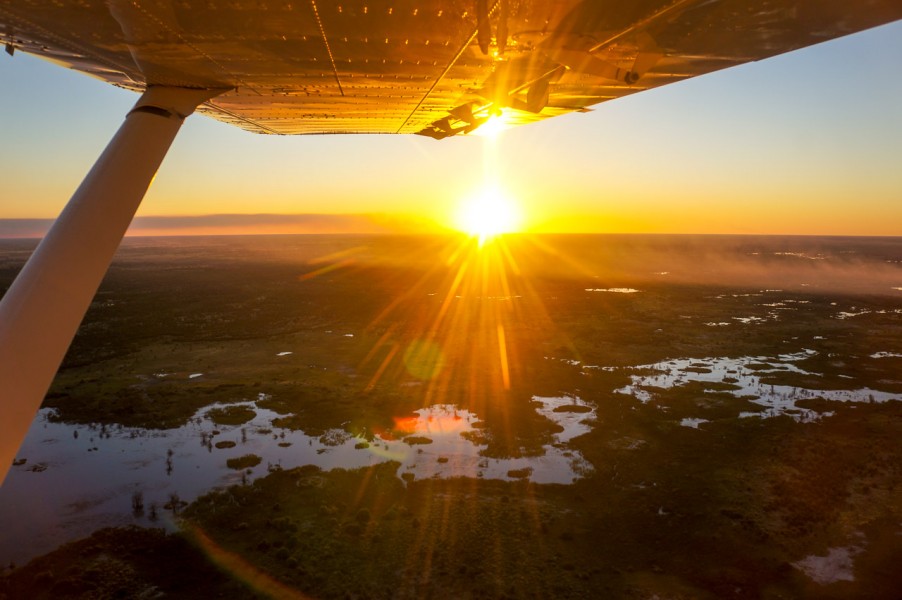
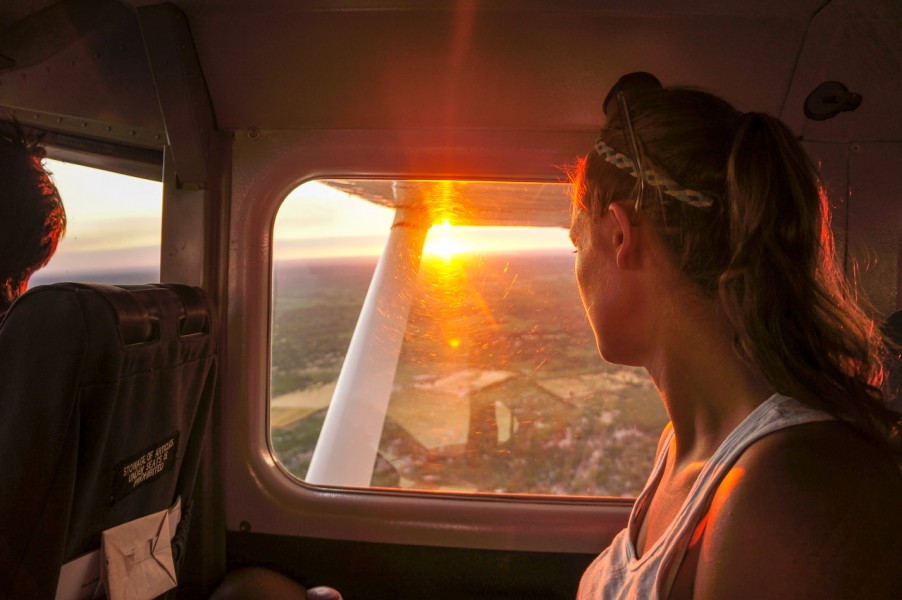
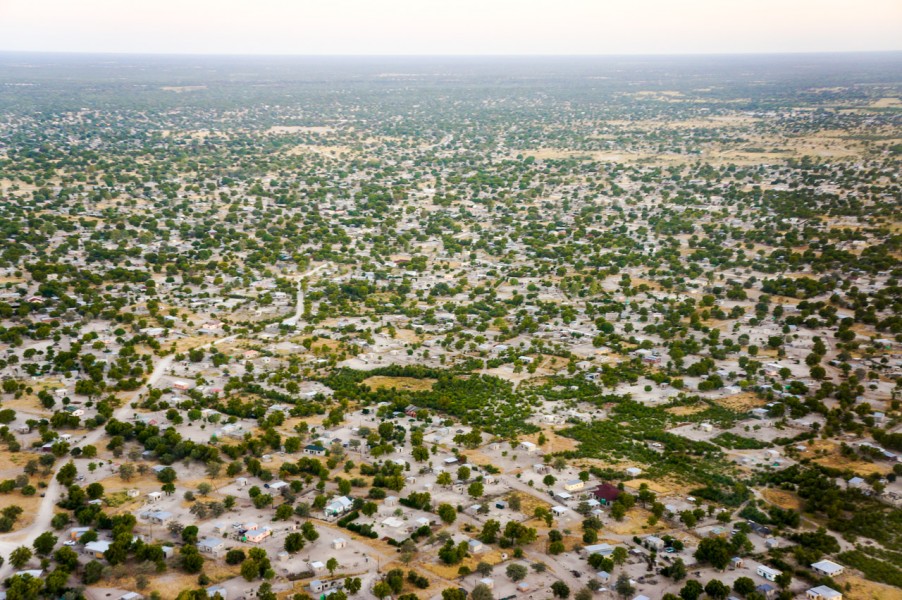
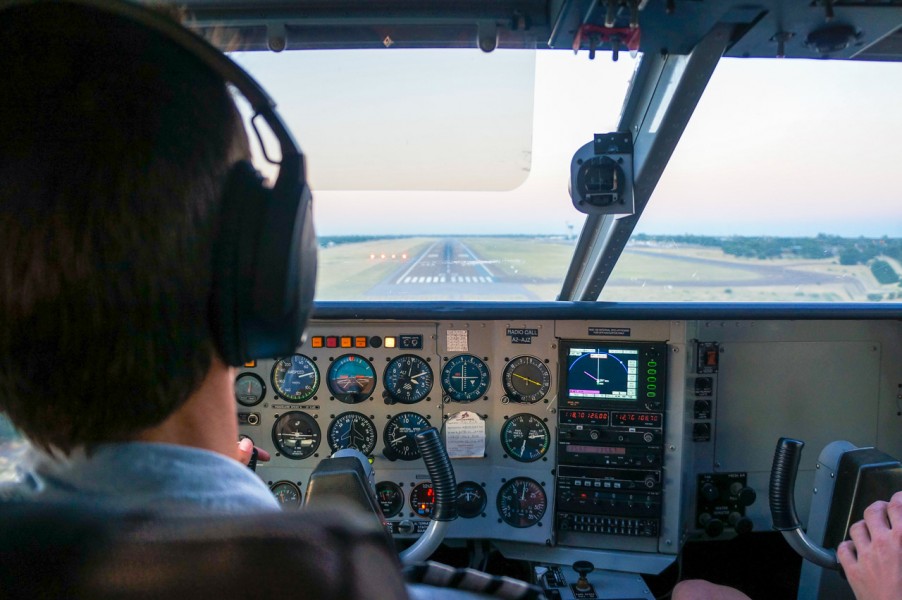
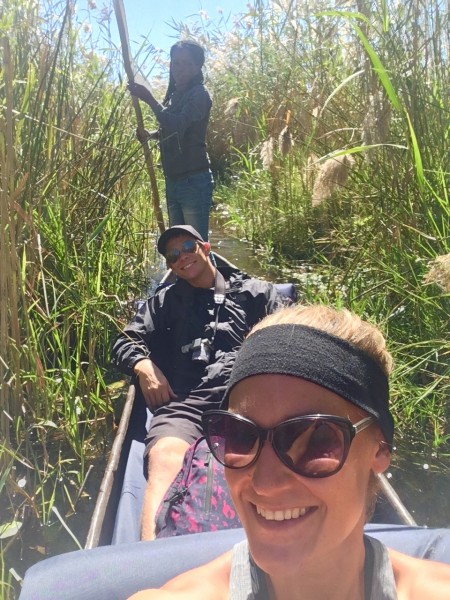
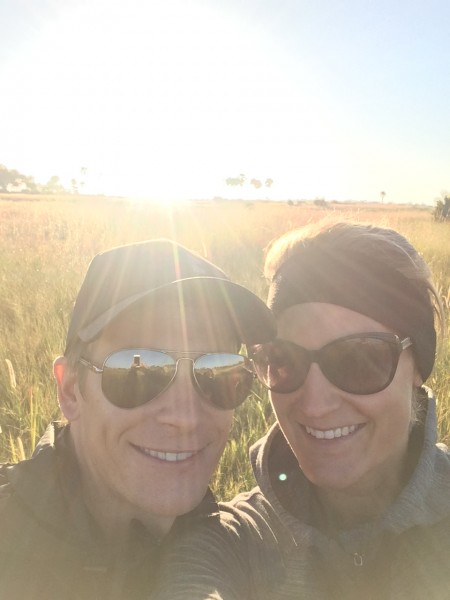
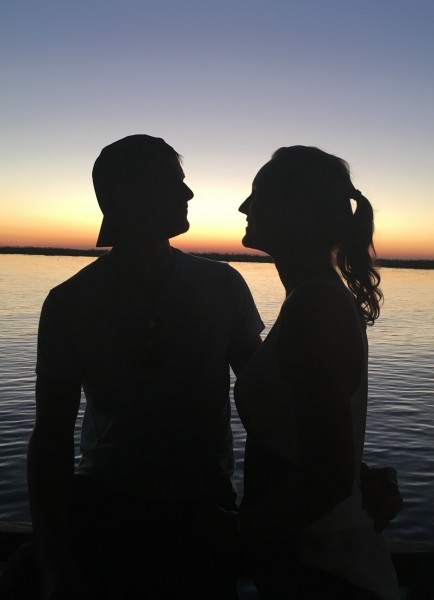
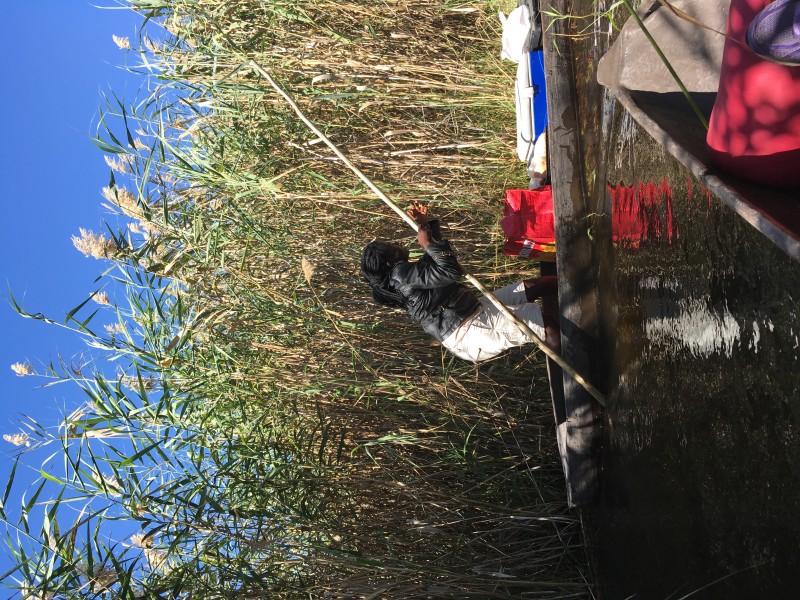
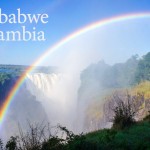
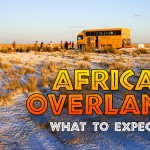
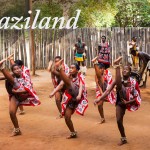

Good web site! I truly love how it is simple on my eyes and the data are well written. I’m wondering how I could be notified whenever a new post has been made. I have subscribed to your feed which must do the trick! Have a great day!
Incredible points. Outstanding arguments. Keep up the good work. 琳达技术员
I love reading a post that will make people think. Also, thanks for allowing for me to comment! sphynx kitten
It’s in reality a nice and helpful piece of information. I’m glad that you shared this helpful info with us. Please stay us informed like this. Thanks for sharing. механизированная штукатурка в москве